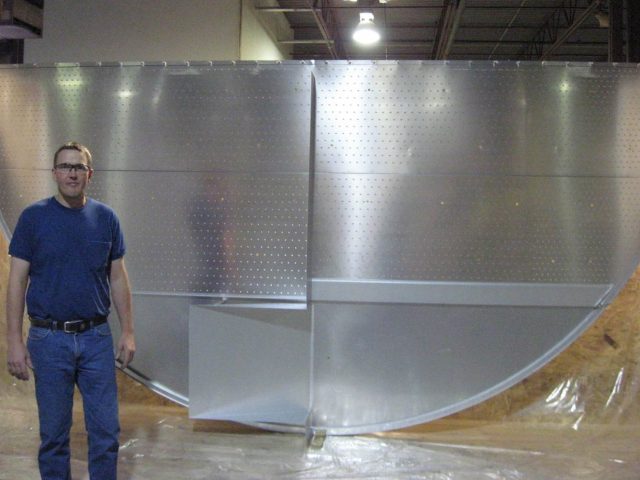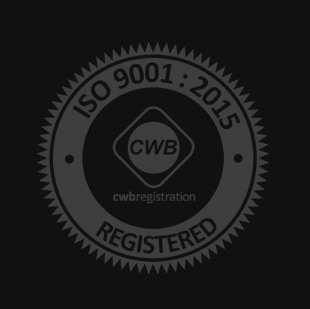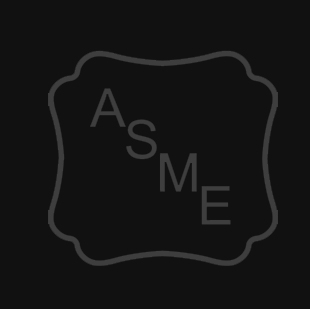Stainless steel sheet metal fabrication and assembly are manufacturing processes that entail the manipulation of flat sheet stainless steel material into custom parts and components for the building of products, machines, and structures. Fabrication and assembly services are essential for numerous industrial and commercial products. Automotive, agriculture, aviation, aerospace, building and construction, medical, energy, manufacturing, durable goods, food and beverage, and electronics are a shortlist of industries that rely on stainless steel sheet metal fabrication and assembly for their success.
Stainless Steel Sheet Metal Fabrication vs Assembly: What’s the Difference?
There is a distinction between the two services. Fabrication includes a number of techniques that either deforms material to a desired geometric shape or removes material for the desired outcome. The chief difference being that methods of deformation such as bending or stamping reshape material without affecting the material’s volume, whereas selective removal through subtractive methods like cutting, shearing, or punching reduce the material volume.
Once a fabrication technique has been accomplished, assembly is necessary to transform the part or component into a product. Assembly joins individual fabricated components utilizing a selection of state-of-the-art pneumatic and electric power tools in combination with mechanical and various manual tools. Assembling the various parts into a finished product is achieved through a number of assembly service options. Therefore, assembly services for fabricated parts and components can vary in order to produce products that meet specifications and designs.
4 Common Sheet Metal Assembly Services
While there are several assembly techniques used by fabricators, four of the more common methods essential to assembly services include PEM setting, incorporating weld nuts, stud welding, and riveting.
PEM Setting Services
PEM setting is an assembly technique that utilizes PEM fasteners, a self-clinching technology that attaches thin sheet metal material together. PEM fasteners—PEM is short for the brand designer, Penn Engineering and Manufacturing—is an innovative application that provides durable, reusable, and/or permanent threads in sheet metal assembly, P.C. board materials, and other ductile or non-ductile thin metal material. When a PEM fastener is pressed into the sheet metal, it sets complex sheet metal product parts. PEM-setting machines perform surface mounting points, flaring, broaching, or welding technology applications where needed.
Weld Nut Services
Weld nuts are composed of stainless steel or low carbon steel for use in a variety of commercial assembly applications. The nuts are designed for spot welding one metal part to another and provide a permanent threaded feature on assembled finished parts. Weld nuts are routinely used as standard fasteners on stainless steel sheet metal surfaces and other metals such as carbon steel and aluminum.
Stud Welding
Stud welding is an assembly technique that joins a metal stud or fastener to a metal workpiece, base metal or substrate through arc welding. Stud welds produce a uniform and complete fusion that leaves the resulting welded surface area stronger than the stud or material part. Because the material is joined, As no holes are punched or drilled to join the material, finished products are watertight, leakproof and by and large corrosion-free. In stainless steel fabricated products the assembly technique is noted for its decorative joining of components ranging from kitchen appliances to vehicles.
Riveting Services
Riveting is an automated mechanical fastening procedure that permanently joins two workpieces together. Rivet installation is efficient and relatively straightforward assembly work done with a pneumatic hammer, providing fast, easy, reliable finishes with near limitless variations in design. Riveted joints permanently fasten parts that can meet the most demanding environmental conditions. The joint’s exceptional strength can bear shear loads even perpendicular to the axis of the shaft under such adverse conditions as high vibrations, heavy loads, and much more.
To ensure the success of any product, the material selected must have the necessary mechanical properties required for the product application. As a choice material for fabrication and assembly, stainless steel sheet metal is well-suited for a broad range of industrial and manufacturing projects and applications. The mechanical properties of stainless steel are regarded for its strength, durability, bio-hygienic compatibility, and corrosion resistance. The material is environmentally friendly, too. Its low maintenance, high tensile strength, ease of formability, and temperature resistance also make it attractive for fabrication projects. Its aesthetic appeal and hygienic properties are ideal for applications in construction or for architectural features, for medical and lab devices and instruments, and for use in manufacturing food and kitchen equipment.
Quest-Tech offers advanced quality sheet metal assembly services for metal fabricated products and their components. From outsourcing to one-off projects, we have the capability to help you meet your company’s fabrication and assembly requirements. To learn more, contact us today!



